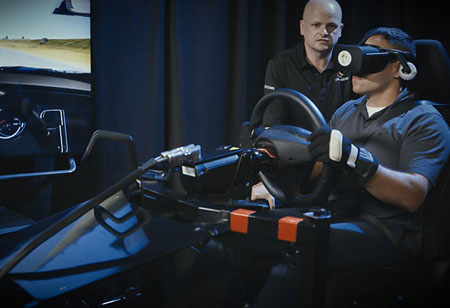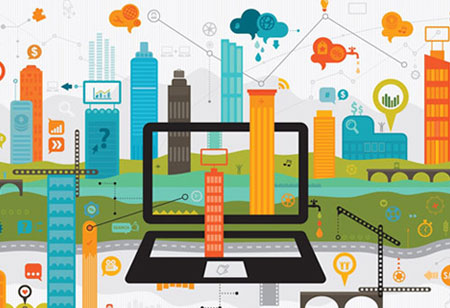THANK YOU FOR SUBSCRIBING
VR Revolutionizing Transport Training
Among a plethora of technologies, virtual reality (VR) is the primary contender that can alter the safety dynamics of vulnerable transport practices.

By
Apac CIOOutlook | Friday, July 19, 2019
Stay ahead of the industry with exclusive feature stories on the top companies, expert insights and the latest news delivered straight to your inbox. Subscribe today.
Among a plethora of technologies, virtual reality (VR) is the primary contender that can alter the safety dynamics of vulnerable transport practices.
FREMONT, CA: The transport sector is a safety-critical sector. A slight error can result in loss of life and property. Thus it is imperative to use technology for the enhancement of the safety factor in transportation. Among a plethora of technologies, virtual reality (VR) is the primary contender that can alter the safety dynamics of vulnerable transport practices. Here are some of the exciting developments in the field:
Pilot Training
In reality, an instructor cannot risk his student toward a potentially dangerous situation and compromise flight safety. However, with the incorporation of VR simulators, instructors can test the students, in any case, to examine if they can take the right course of action. Another advantage with VR simulators is that they enhance the learning speed significantly owing to the possibility of repetition that comes along. The deep-repetition learning allows the students to experience the flight environment several times before going for the actual kill.
Check out: Top AR/VR companies
Driver Training
Safety on the road is a primary concern across the globe. Virtual Reality companies has a great potential to contribute here too. VR systems are already helping the drivers to become aware of their development areas, strengths, and progress. Though such initiatives won't replace the conventional training methods entirely, they are certainly complementing. VR can also help those preparing for their driving test. Such systems can examine the trainee's skills and provide relevant feedback on how to improve. For instance, a voice-over may guide the driver through a set of fundamental challenges such as making emergency stops and maneuvering through cones.
Trains-Network and Space Training Programs
VR has immense possibilities when it comes to transport training, irrespective of the nature of the vehicle. Various accidents and close shaves can be avoided by training the drivers to deal with intrusions such as animals and humans, on the track.
VR training is also proving to be boon for astronauts. NASA needed it as early as in 1993 when the Hubble Telescope required repairs. VR was used to train the astronauts to handle the shuttle arm when they were weightless. Currently, NASA employs a dedicated VR lab for robotics operations, to train astronauts for spacewalks, and zero gravity mass handling.
Key AR/VR companies: Analogix Semiconductor, Deepreality Technologies, Hidden Brains InfoTech





